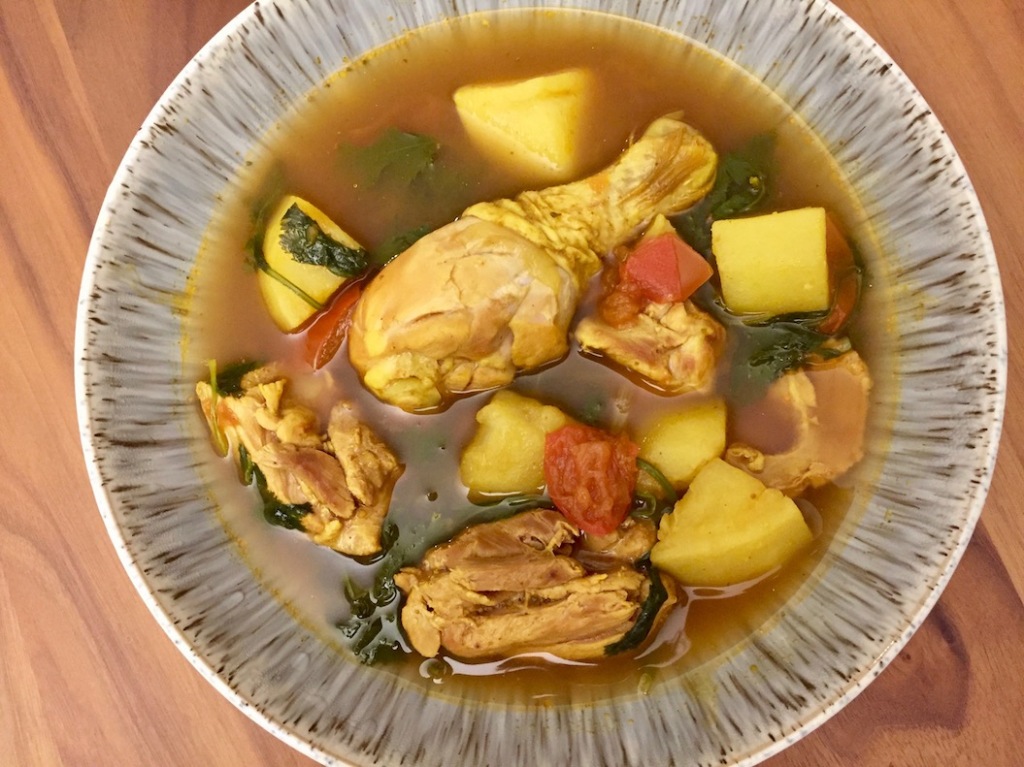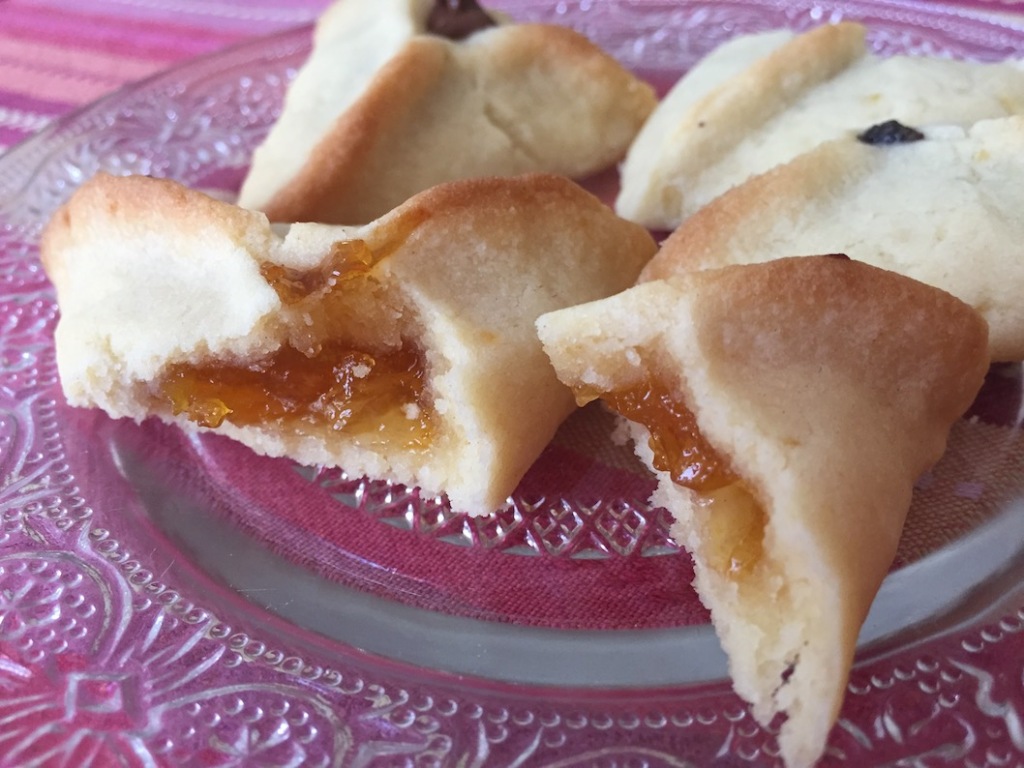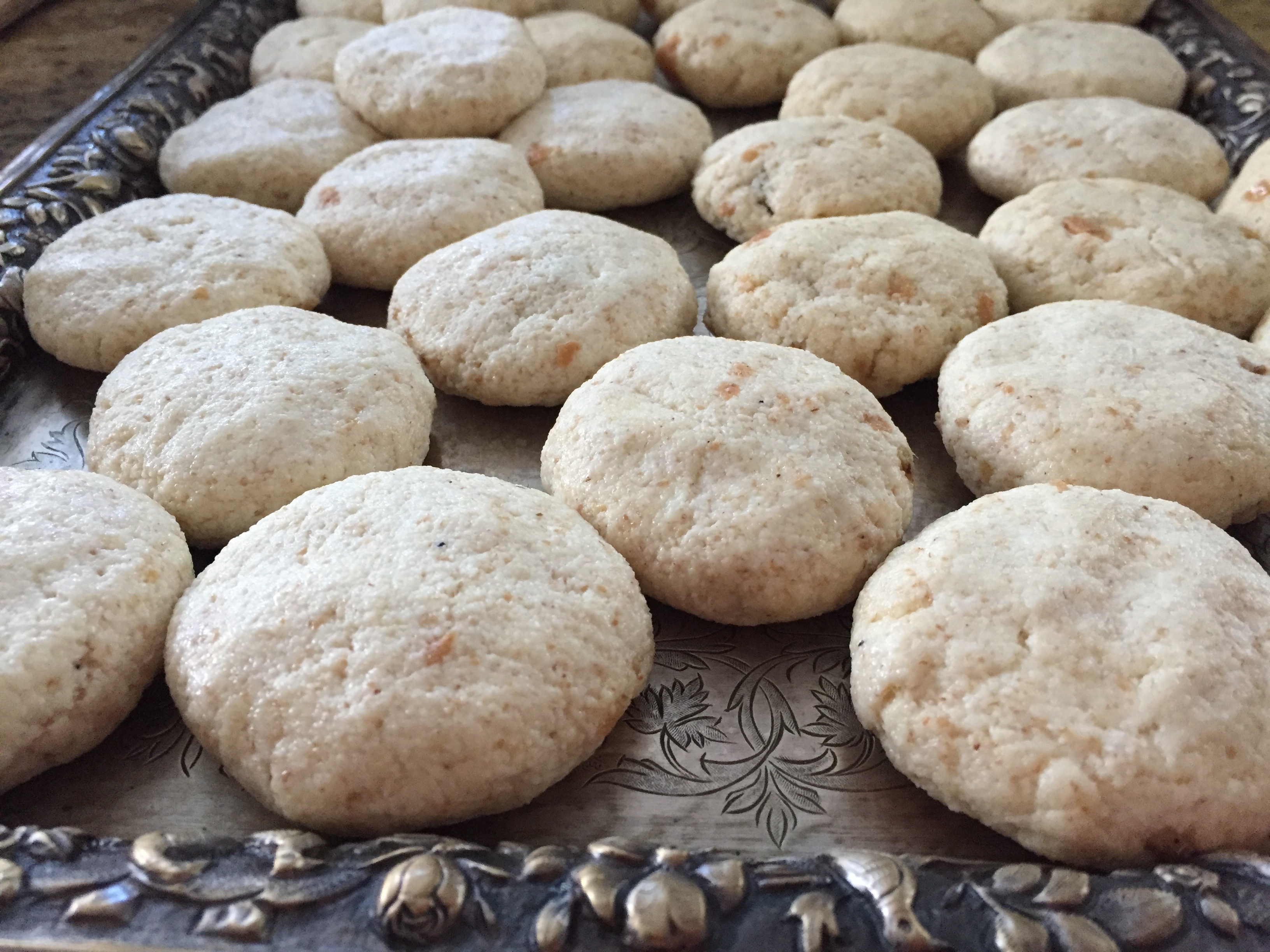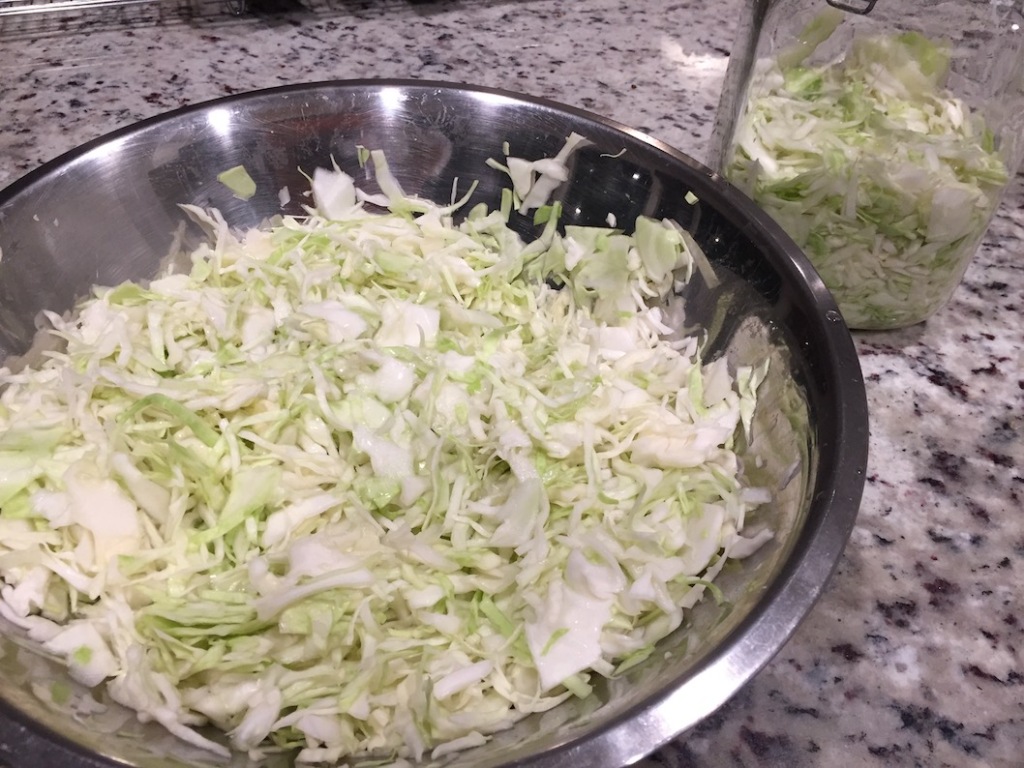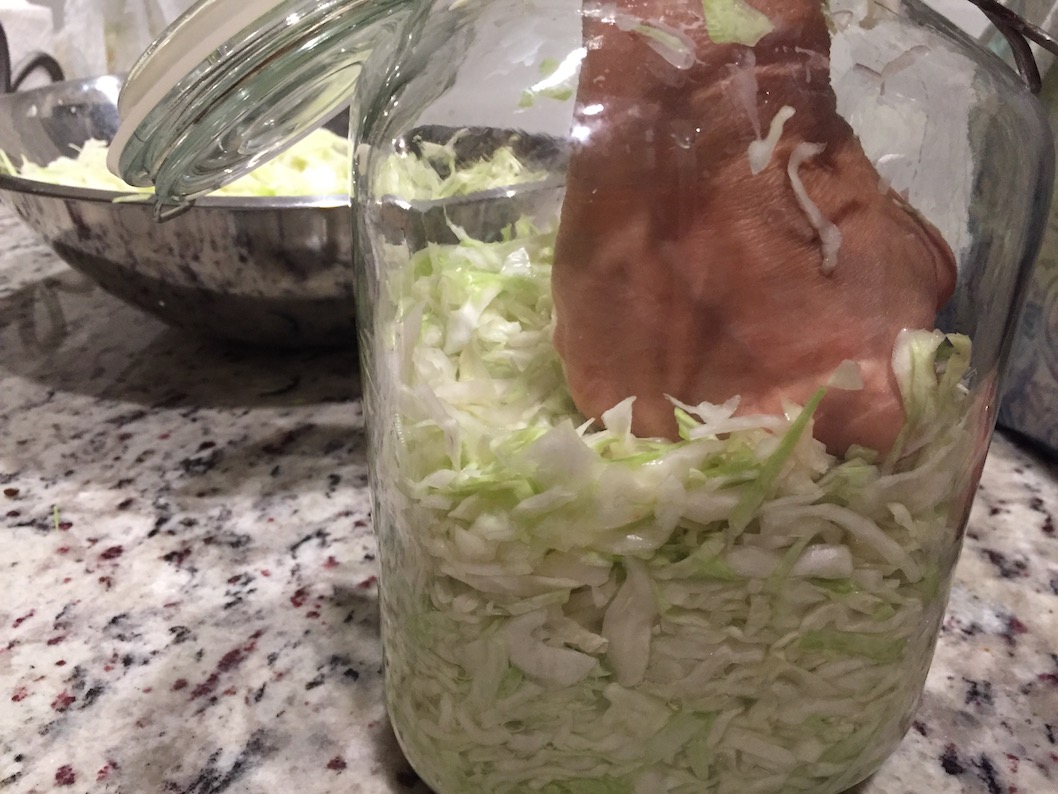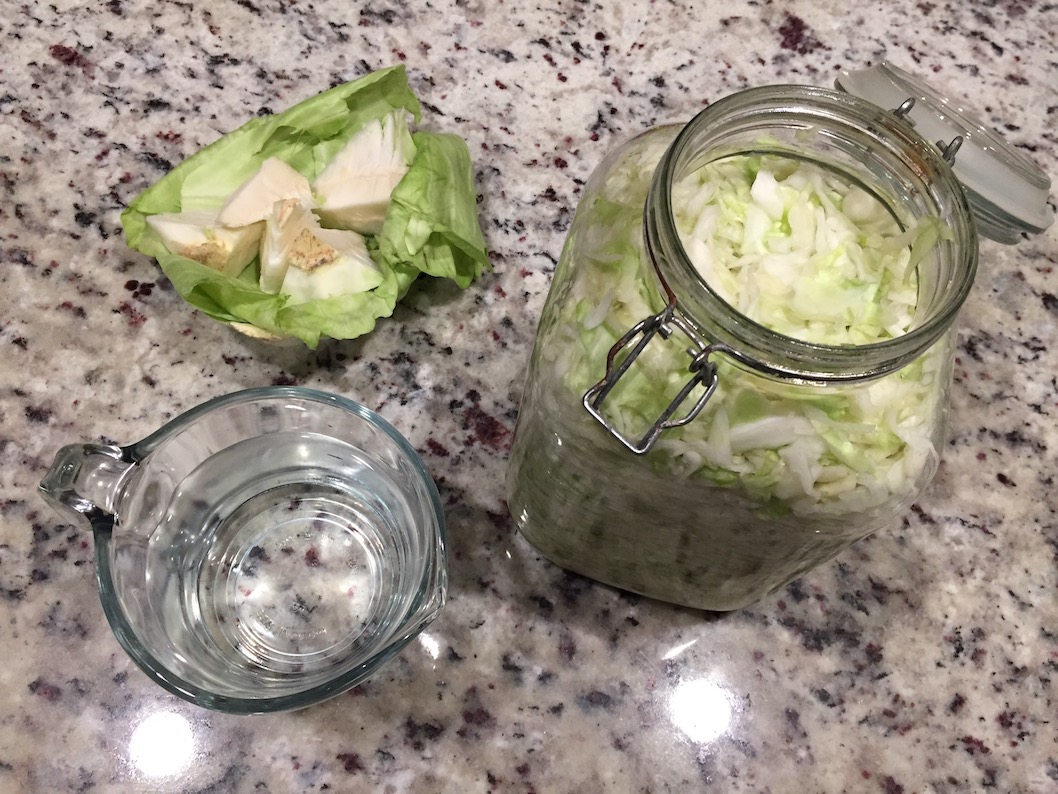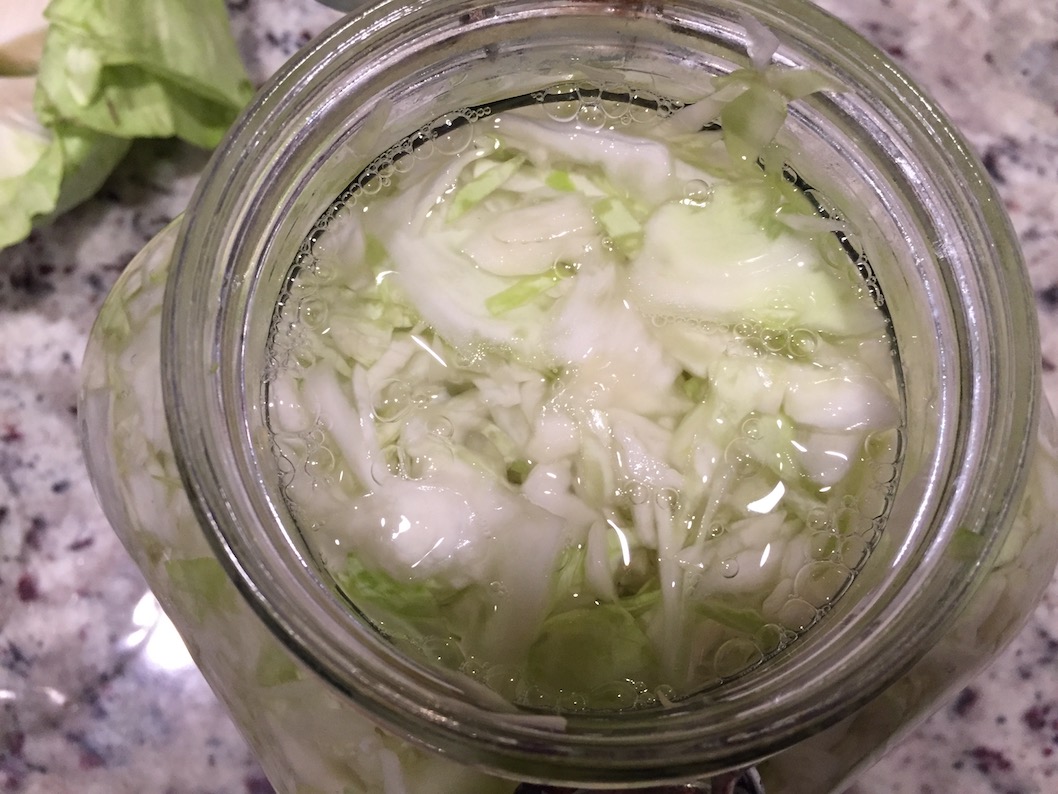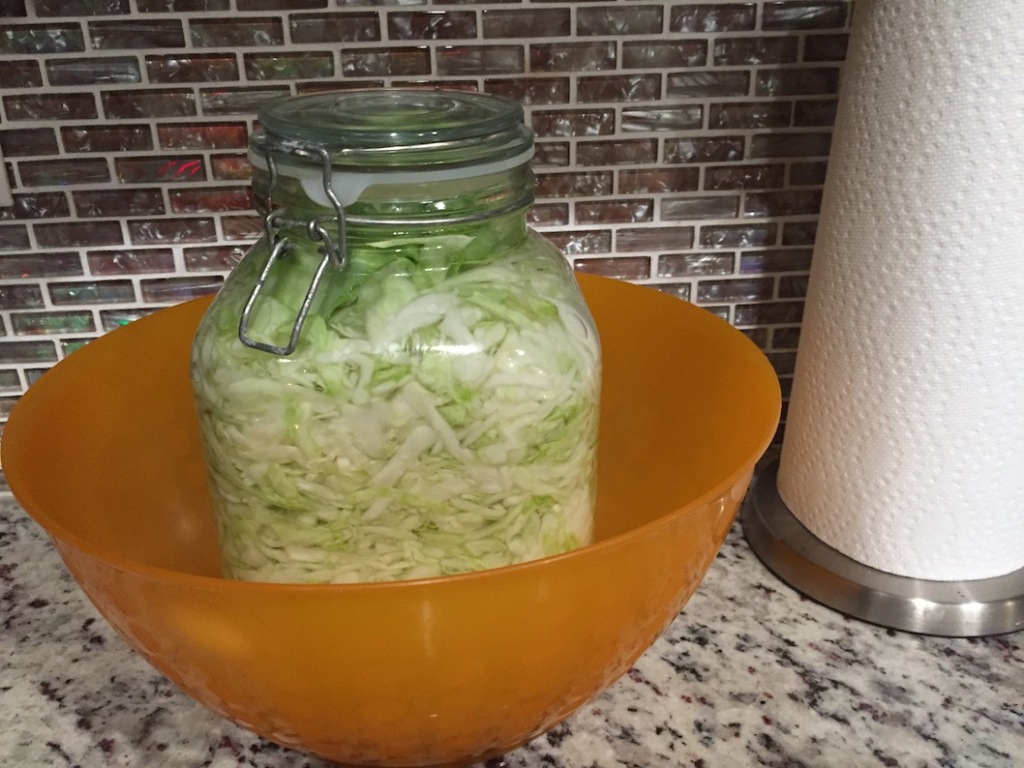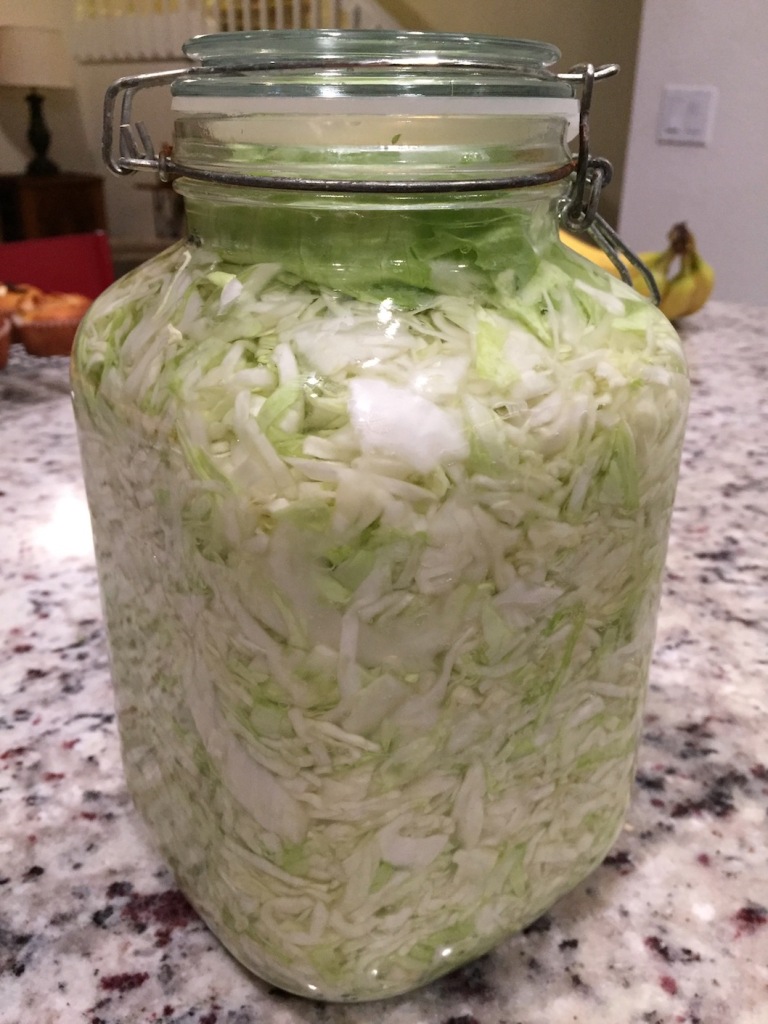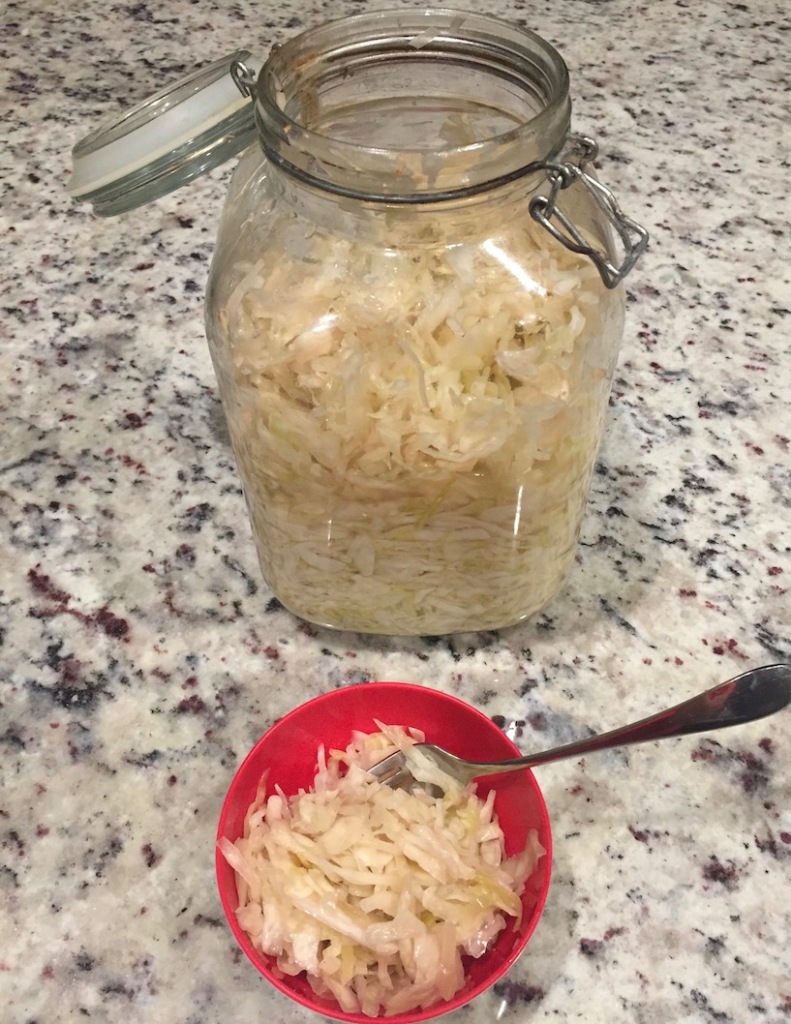This recipe may look like Matzah ball soup, but it is actually a Jewish Persian dish, very popular among Persian Jews. It is made of ground chicken and chickpeas.
Gondi, is perhaps the single most unique food to the Jews of Iran. While Persian Jews have over the centuries adopted the Persian cuisine in their kitchen (kosher style, of course), Gondi has been one of their few culinary innovations that they can claim as their own.
It is usually served as an appetizer together with Sabzi – raw green vegetables including tarragon, basil, mint, and radishes. In our home, we used to eat it as a main dish.
Ingredients:
5-6 oz roasted chickpea (found in Middle Eastern grocery stores)
1 lb ground chicken breast
2 large onions, shredded
1 tsp ground turmeric
1 tsp ground cardamom
1 tsp salt
½ tsp ground cumin
½ tsp black pepper
¼ cup canola oil or rendered chicken fat
4 tsp rose water (found in Middle Eastern grocery stores)
Homemade chicken soup (recipe follows) or 8 cups of good chicken stock
salt and pepper to taste
Preparation:
In a food processor, grind the roasted chickpeas only until they turn into crumbs. Be careful not to over grind it. You don’t want chickpea flour. You may find chickpea already coarsely ground in Middle Eastern grocery stores. Do not buy chickpea flour. It is too powdery.
Place the chickpea crumbs in a large bowl. Add all other ingredients except for the chicken soup, and mix well by hand, until mixture is well combined.
In a large saucepan, bring the chicken soup to a boil. If needed, add salt and pepper.
Make plum size balls of the chickpea mixture, and add them gently, one by one, to the soup. If the balls stick to your hands, use a small bowl with water to wet your hands lightly.
Lower the heat to medium and cook for about 30 minutes.
Place 1-2 balls in a soup bowl, add some soup and serve.

Chicken soup
2 lb chicken bones (necks, backs) or other parts
8 cups water
1 large onion, quartered
1 small bunch cilantro
4 carrots, peeled and sliced into ¼ inch rings
1 tsp salt
½ tsp pepper
1 tsp turmeric
2 tbs chicken soup powder
Place the chicken in a large saucepan. Cover with 8 cups of water and bring to a boil. Using a large spoon, clean all the foam formed on the water.
Lower the heat to medium and add the onion, carrots, cilantro, and spices and cook for about an hour, covered.
Discard of the cilantro. You may use the soup as is to cook the Gondi dumplings in, or you may strain it, and have a clear broth for the Gondi.
Gondi is served with a plate of fresh green herbs such as basil, tarragon, mint, and sliced radishes.









